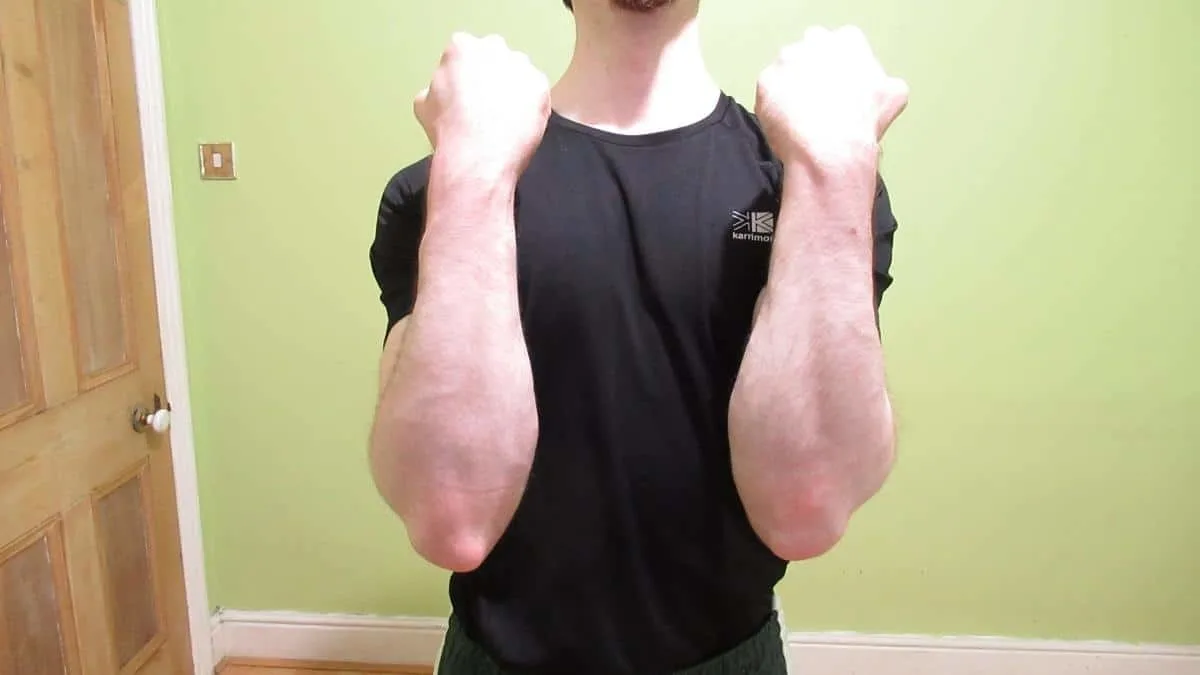The forearm anatomy is always more developed in some people than in others. But what if you actually have one forearm bigger than the other?
What causes these muscle imbalances, and how can you get rid of them?
You’ll learn the answers—and there are quite a few—to both of these questions in just a sec.
Related posts: should you do forearm exercises? │working out forearms everyday
What causes the right forearm to be bigger than the left? (or vice versa)
Many people have muscle imbalances, including me. [1] And while you might think that they’re a big deal, other people are very unlikely to notice them. However, having forearms of equal size and strength may help you complete certain tasks with more efficiency.
Reliance on one arm
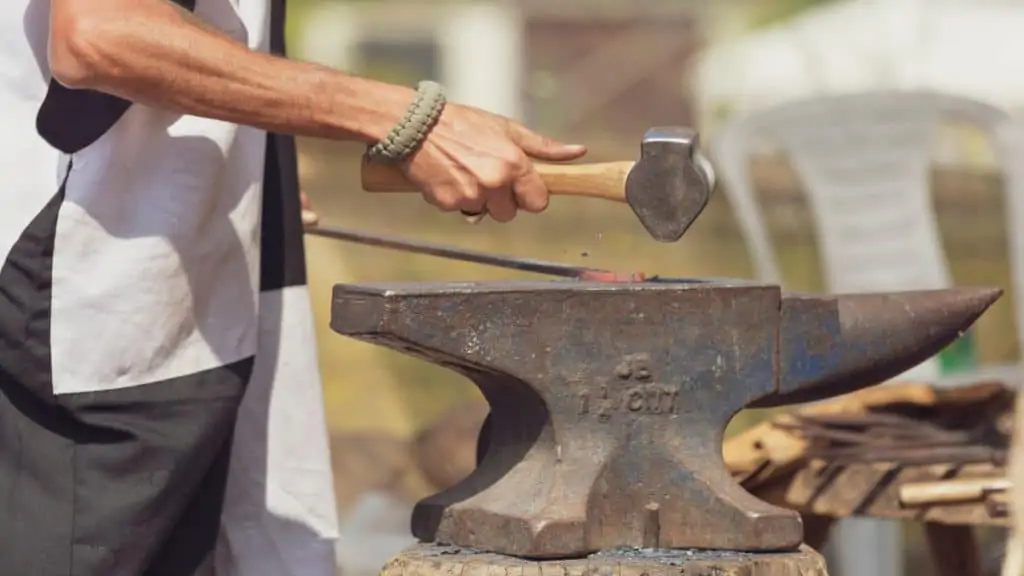
If you always use the same arm to lift objects, then it’s logical to assume that that particular arm will grow bigger and stronger than the other over time. While the differences might not become evident for a while, if you keep on lifting things with, say, your right arm, then your left forearm may not have the same muscle tone or size.
This reliance is most common in those who perform manual labour for a living. For example, if you’re constantly hitting a hammer with just one arm, then your right forearm might end up being bigger than your left, for example.
You could learn how to use your weaker arm more efficiently, but that might reduce the quality of your work in the short term. The good thing is that you’re not alone because many manual workers share this issue, if you can call it that.
Overuse of barbells
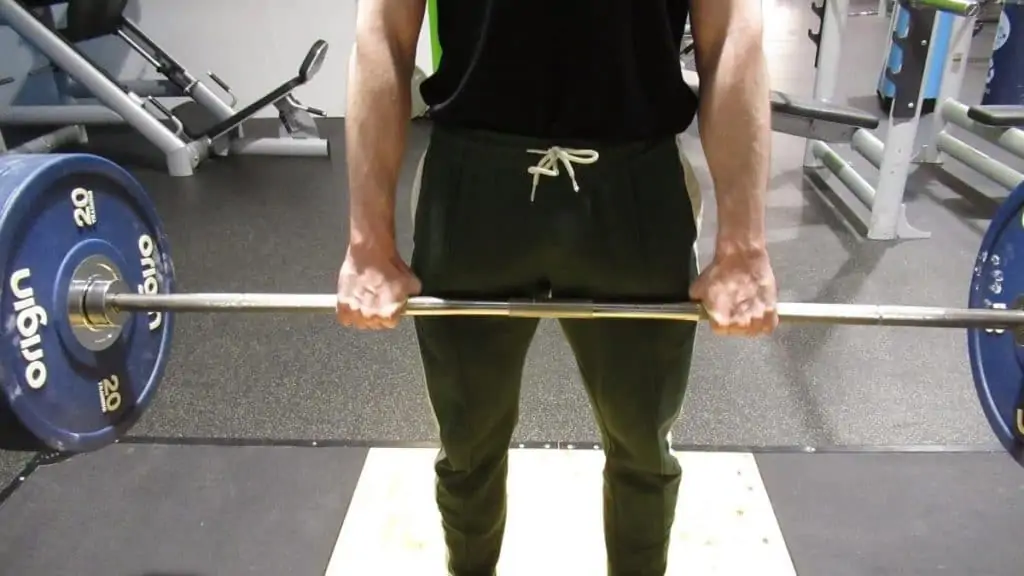
If you lift weights, then using barbells as your primary training tool is one of the most surefire ways to develop muscular imbalances. Even if you don’t train your forearms directly, you’ll still be using them on all of your pulling exercises like rows and deadlifts.
You might not even realize that you’re pulling more or gripping harder with one forearm. Yet, it’s a very common pitfall because most people naturally have one forearm that’s stronger than the other.
Wearing straps can help to take your grip more or less out of the equation. However, as you’ll learn in just a minute, unilateral training is by far the best solution.
Genetic differences

Nobody has a perfectly symmetrical body. Even if you just did nothing all day, you’d likely still have some degree of imbalance between your forearms.
Of course, this difference in size is naturally more pronounced in certain people than in others, but it’s present in all of us nonetheless.
Read more: foot forearm correlation
How can you prevent one forearm from becoming bigger than the other?
If your right forearm is bigger than your left (or vice versa), then making some purposeful changes in your daily routine and exercise regime can help to make them more equally sized.
Unilateral training
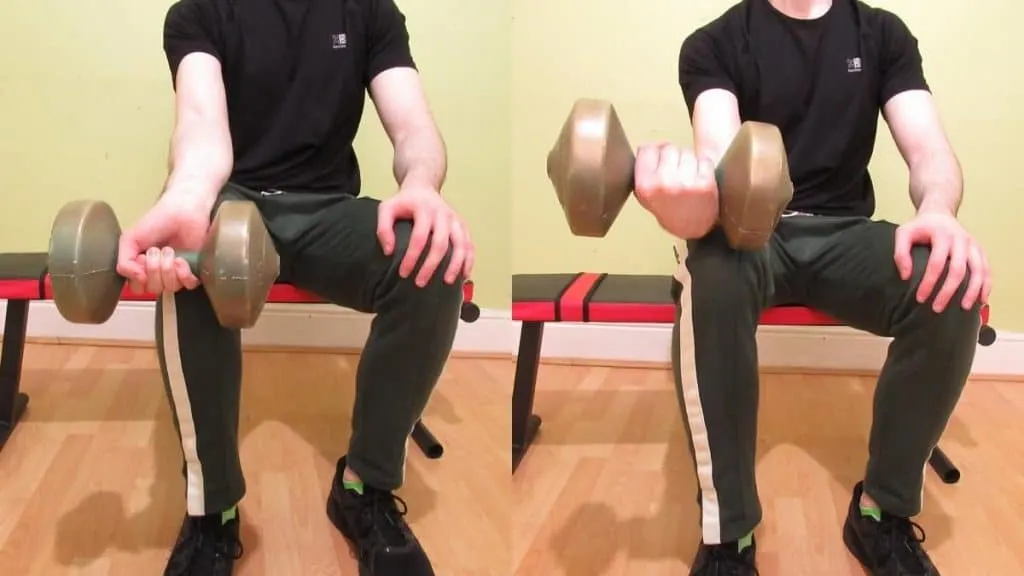
Unilateral training describes any resistance exercise where both sides of your body move independently. Dumbbells are the obvious example, but this also applies to resistance bands and some plate loaded machines as well.
While barbells have a well-deserved reputation for building mass, dumbbells are equally effective for building muscle and toning up. This is because muscle tissue mainly responds to tension. In other words, your muscles can’t tell what type of equipment you’re lifting.
I enjoy using and recommend lifting dumbbells because you can ensure that each forearm receives equal work. Plus, they’re easier on the joints than barbells because you can move with them more freely.
Use both arms evenly during everyday tasks
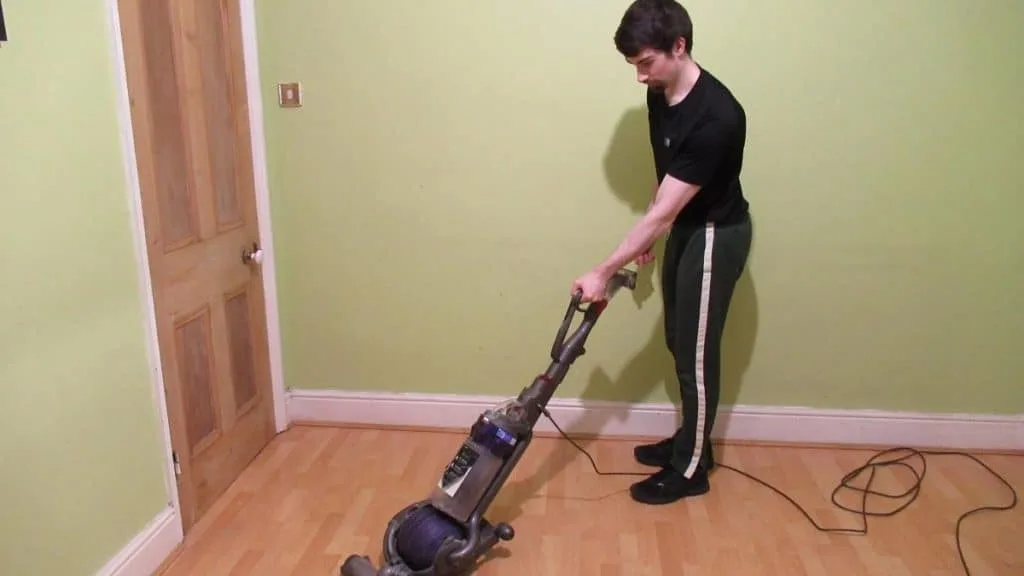
Lifting the vacuum cleaner with one hand might not seem like a big deal (and really, it isn’t), but if you add up those repetitions over the years, then you might well end up with one forearm bigger than the other.
This also applies when you’re baking a cake, gardening, and performing other arm-intensive activities.
So if you don’t fancy hitting the gym, then you can simply try to use your weaker arm as much as possible throughout the day. This might feel unnatural at first, but after a while you won’t even think about it.
Also, while you might be able to make both of your forearms similarly sized, they might never be truly equal. As I said before, we all have imbalances of some kind, so striving for perfection isn’t smart or realistic.
Read more: how often can you workout forearms?
Conclusion and parting words of wisdom
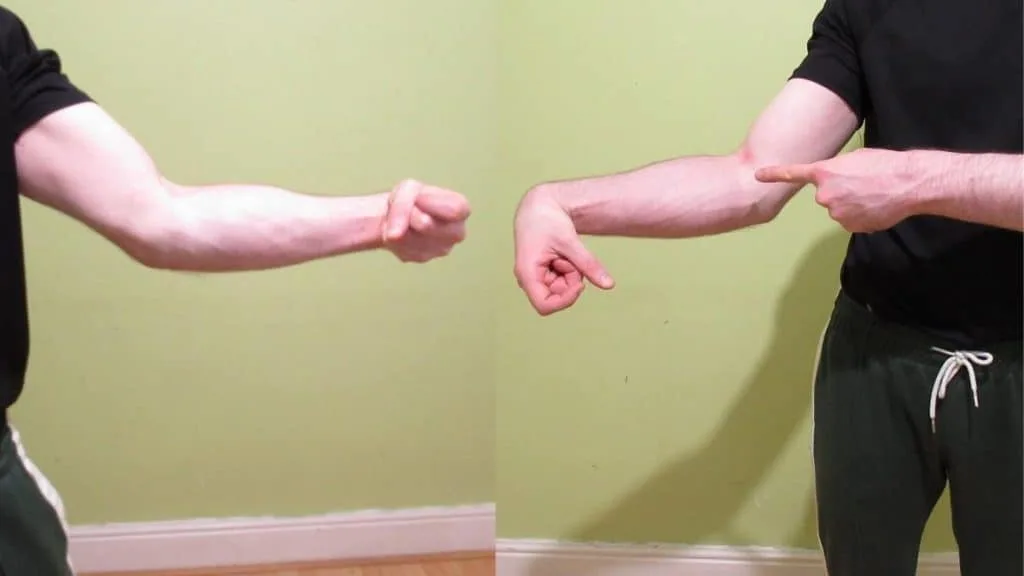
Overall, if you have one forearm bigger than the other, then you’re far from abnormal. [2] If more people actually measured their lower arms, then they’d realize that they share similar imbalances.
Of course, if your discrepancy is quite pronounced, then you may want to try your hardest to rectify it somewhat. In that case, I highly recommend lifting dumbbells to increase the strength and size of your less developed forearm.
References
- Walker, E. H. E., & Perreault, E. J. (2015). Arm dominance affects feedforward strategy more than feedback sensitivity during a postural task. Experimental Brain Research, 233(7), 2001–2011. https://doi.org/10.1007/s00221-015-4271-3
- Abe, T., & Loenneke, J. P. (2015). Handgrip strength dominance is associated with difference in forearm muscle size. Journal of Physical Therapy Science, 27(7), 2147–2149. https://doi.org/10.1589/jpts.27.2147

